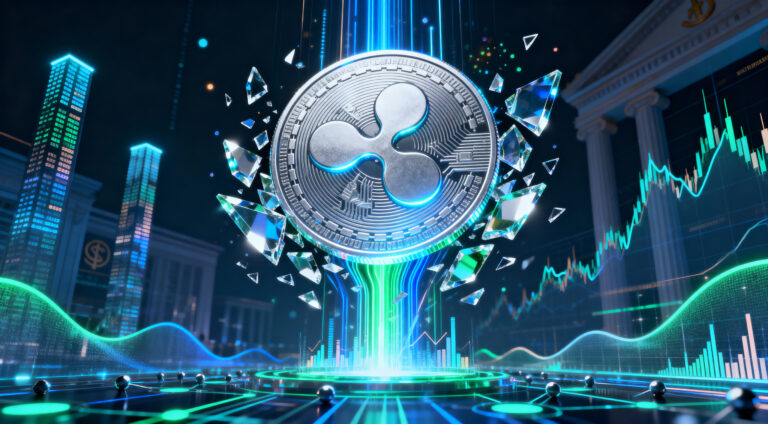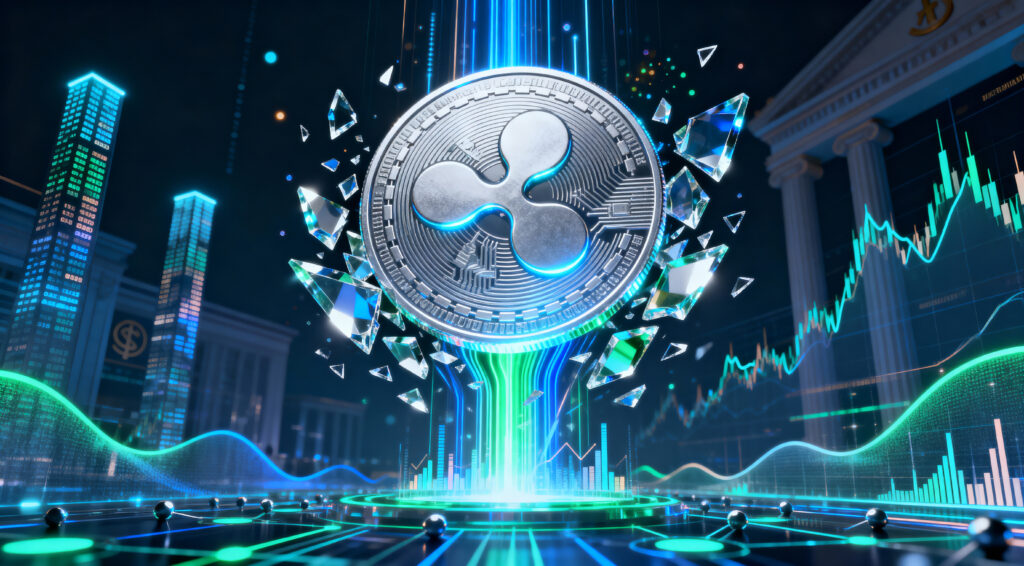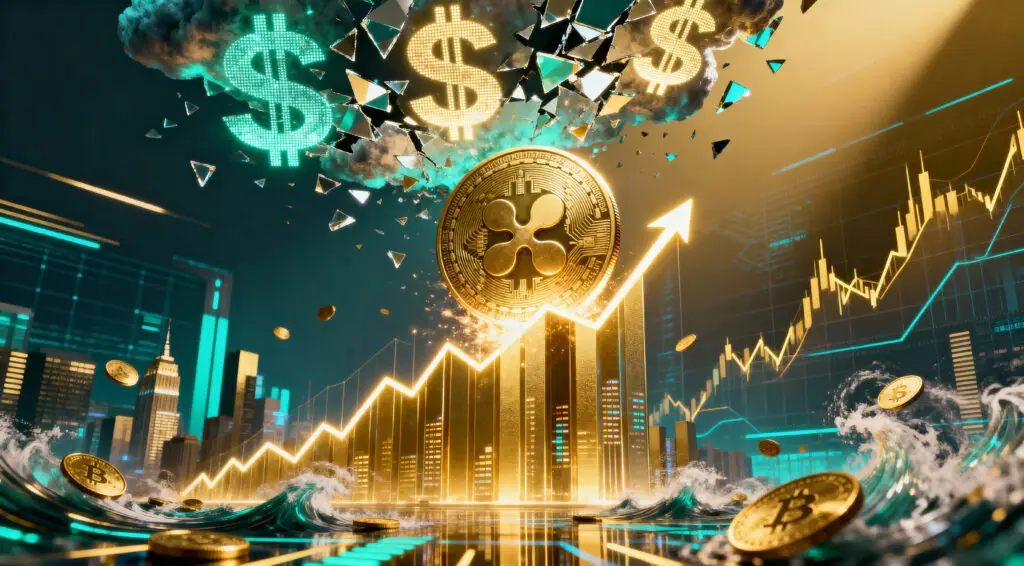Every country has a central bank – a supremely monopolistic institution in charge of controlling a nation’s currency and executing other monetary policy functions. These banks possess unparalleled power since the money supply and credit extension directly influence the rate of economic growth, inflation, employment, and the general stability of the economy. This is what makes them susceptible to capture by political leaders who want to manipulate economies for short-term gains.
The Allure of Political Interference
It is commonplace to observe politicians and, notably, Trump, the President of the United States, attempt to dictate or influence what happens in a central bank. There exists a very compelling reason behind this: There are times when monetary policy, especially through the adjustment of interest rates, can be used with great benefit, especially during election periods or when approval ratings are low. Reducing interest rates tends to increase the effectiveness of borrowing and spending, thus causing the economy to operate more efficiently.
The primary focus of economists and policymakers for many years has been centered on the understanding that politically driven short-term interventions can be incredibly damaging to a nation’s economy in the long run. While these quick fixes may resolve political demands in the short term, the economy may suffer from serious issues such as inflating prices or unstable finances in the long-term.
In stark contrast, countries that never fully adopted independence of the central bank’s authority, such as Lebanon and Egypt, or those that have significantly dialed it back, like Argentina and Turkey, have always dealt with extreme inflationary periods more often and with greater intensity. This comparison highlights the benefits of keeping a degree of distance between the political sphere and monetary policy decisions.
A Decade of Mounting Pressure
Regardless of how well the independence model worked, central banks around the world have faced greater attacks from the political sphere in the last ten years. Politicians tend to advocate for lower interest rates as this would translate to high voter appeal due to a growing economy and easy access to loans.
The charges of Trump provide a useful recent example of this pressure. During his presidency, he openly scolded Jerome Powell, his own appointee to head the U.S. Federal Reserve, telling him to cut interest rates. As political economists would point out, this is not a surprise given the attempts by political actors to influence the outcome. Monetary policy, even if formally independent, is constantly under a political shadow.
Central banks, although autonomous, are part of government structures, and their independence can in theory be stripped and controlled through law or custom. It is too tempting for politicians to ignore the economic stimulus that low interest rates can provide on a silver platter, regardless of the collateral damage like hostile financial markets or renewed inflation.
Independence and Erosion Mechanisms
How have central banks managed to maintain independence against such pressures? Primarily by legal boundaries. Laws typically put to central bank heads long appointments, require them to concentrate primarily on curbing inflation, and restrict direct government lending. Research suggests that these legal safeguards have inflation reduction and government borrowing curtailment even in authoritarian contexts. However, central bankers are simply scoped out in unimaginative ways. Source material authors note their own research highlights the balance between insulating central banks with law and the alarming trend of eroding legal independence.
About the governance structure itself gives way to political meddling. Global leaders appointment 70% of their central bank heads as single executive branch appointments and central banks with government limbs A 2025 study has shown. While this might move the central bank more close to the government’s order of business, which is good for democratic legitimacy, it increases susceptibility to political strings. Legislative approval procedures, such as the US Senate approving Federal Reserve Board candidates, provide protection from confirming unsuitable nominees.
Additionally, lengthy terms in office frequently enable central bankers to outlast the appointed politicians. As of late 2023, the most prevalent tenure length internationally was five years, with 41 countries having set six years or longer as a minimum. In contrast to the trend of extending tenure, some countries like Iceland (2001), Ghana (2002), and Romania (2004) opted to shorten the central bank governor’s term during the 2000s, occasionally as part of wider autonomy constraining measures.
Lastly, the policy mandate itself can be intricate. Although low inflation was the singular objective for 6 central banks out of the total existent in the world as of 2023, most face legal requirements to pursue conflicting objectives such as financial stability or full employment.















